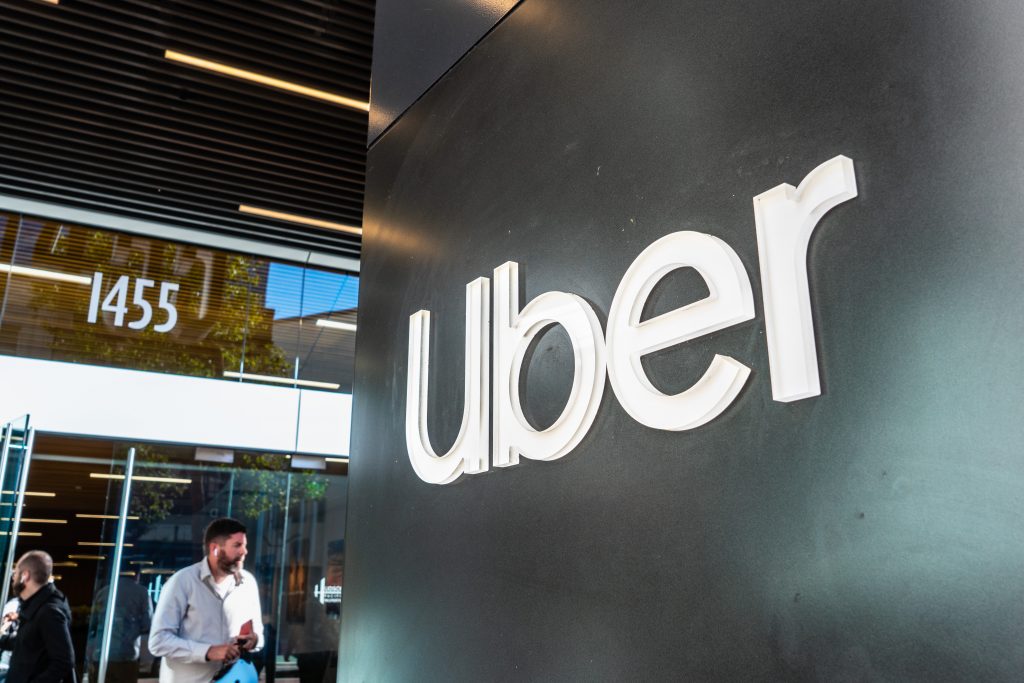I am writing to you in relation to the article published about the quality of the Uber experience and its correlation with the pricing.
The article focuses on Uber, while it may be an opinion piece, it hasn’t been made clear, and we were not provided with the opportunity to reply to the statements and assertions. While we respect the opinions of commentators, we are disappointed that this portrays our brand in an unfairly negative light given the efforts the business has made over the last few years.
The article states that drivers are ‘illegal operators’, which is misleading. For example, in the Western Cape, a number of drivers, unfortunately, have been unable to obtain operating licences from the authorities there because of a number of reasons, the most important of which was the moratorium on new operating licences that were imposed from December 2021, and which has only been lifted this year. Drivers want to be compliant and have taken the necessary steps to get licences. Furthermore, for years Uber has helped drivers with the costs associated with impoundments. We understand the negative impact incurring these costs has on drivers and their livelihoods. This move follows countless engagements between e-hailing platforms, the City of Cape Town and the drivers.
In this case, using hypothetical costs to calculate the cost of a trip, versus the running costs, is misleading because each driver’s business is unique and operating costs vary. The type of product for the trip is also a variable which has not been considered in this hypothesis. For example: the cost to a rider for a trip on Uber Go (a more affordable option) is different to Uber Comfort; the same as the running cost for a hatch is different to a sedan. I would have felt more comfortable if real examples were provided to give a more practical picture. Furthermore, the hypotheticals used are misleading in that they do not consider the entire population of trips which a driver may accept through any given time period, which would include a mixture of both short, medium and long trips.
The article references evidence that Uber’s share of revenue is more than “25% and at times even as high as 50%”. This is not true. Our service fee in South Africa is a standard 25%. Please provide the evidence referenced in the article. The article has neglected to highlight why the service fee is in place. Drivers have access to a structured marketplace where they don’t have to spend on certain costs associated with running a normal business, that is product design, marketing themselves to prospective clients, safety, etc. Through the service fee, we have invested heavily in creating demand for their service, providing drivers with 24h hour support, and investing in safety innovations and features such as 24/7 armed response, Partner Injury Protection, Audio Recording and Ride Check. Drivers have consistently told us that they value the flexibility the platform brings as they are empowered to make decisions about which trips they want to take.
On the issue of short trips, the article neglected to mention that fares on short trips were increased to help minimise cancellation rates. Additionally, fares increased several times last year and this helped cushion drivers against the rising cost of living. Helping drivers access appealing earning opportunities while increasing demand from price-sensitive consumers is a complex and delicate balance that we are always hard at work to manage. If we don’t offer options for different consumer price points (and/or if prices are not adjusted according to the current economic trends), there could be a risk of fewer or no requests from riders – meaning fewer or no earnings for drivers.
I appreciate that there is a difference in opinion on the Uber experience. Still, we would appreciate your consideration of the above in relation to correcting the article – especially on the factual references.

